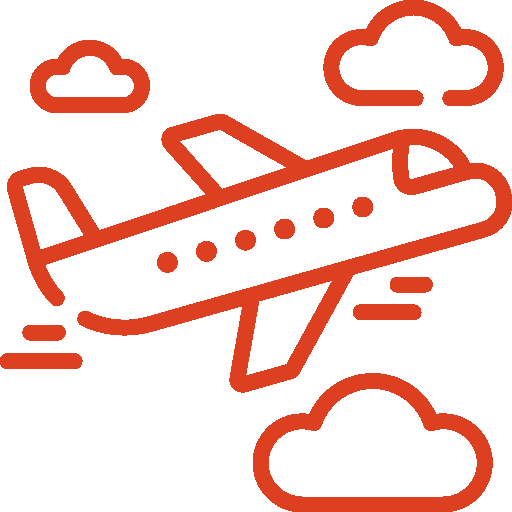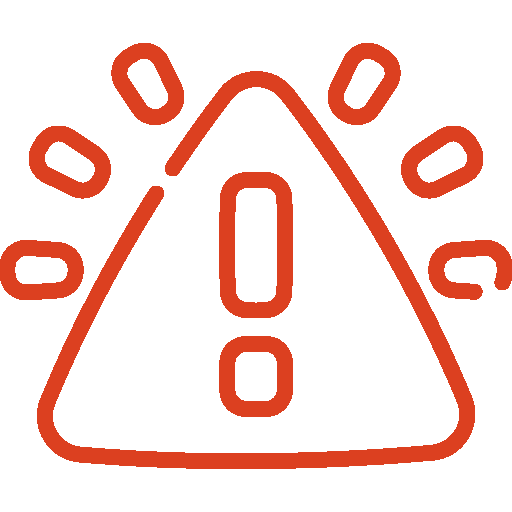By booking this workshop you are helping the Bayka Project, which is dedicated to the restoration and regeneration of the Misiones rainforest, in the heart of the Urugua-í Foerster Biological Corridor
In search of the Secrets Hidden in the Wilderness
San Sebastián de la Selva, our destination in this workshop, hosts 41% of the amphibians, 33% of the birds and 46% of the mammals present in the province of Misiones. Thousands of insects, spiders and other arthropods inhabit the different layers of the rainforest.
Our Lead Photographer, Ecologist, Naturalist and Photographer specialized in Macro Photography, based in Costa Rica, accompanies us in this adventure. A workshop in which you will be able to enter the universe of details of the natural world and the incredible life of the smallest, learning all the secrets to obtain great macro photographs.
We will have the opportunity to listen to the sound of nature in a unique natural environment and photograph all the creatures that inhabit the rainforest, from the smallest to the largest.




ITINERARY

To book flights, please consult schedules! We suggest flights arriving in Puerto Iguazú before 11 am and returning after 2 pm.

For flights out of this time range, we cannot be responsible for missed services. The suggested schedule is indicative, it is always preferable to check the schedule with us before booking flights.
We will meet at the airport in Puerto Iguazú to take a private transfer to the natural reserve of San Sebastián de la Selva. Entrance to the reserve around noon.
After lunch, the Lead Photographer will give an introductory talk, to explore necessary key concepts and tips to start achieving good results in Macro Photography.
In the afternoon we will be walking the trails of the reserve in search of our models to put theory into practice. Our search will continue after dinner, this will allow us to encounter amphibians and reptiles that in most cases show up at night.
Night in San Sebastián de la Selva.
We will wake up early in the morning in search of birds and mammals to photograph during the first lights of day. After breakfast, we will have time to continue our search.
During the workshop we will look in detail at different aspects of Macro Photography: how to overcome technical difficulties, lighting, composition, ethics and conservation.
In the afternoon, after lunch, we will move through the waters of the reserve in small canoes. A unique chance to get a different viewpoint and immerse ourselves in the wilderness. Photographing birds and listening to the sound of the forest.
After dinner, we will go out again for a Macro Photography night walk in search of the hidden little world of the rainforest.
We will take advantage of the first light of day to explore a new part of the reserve in search of insects, flowers and other small details.
After lunch, we will review the obtained photos together and see how to select and improve them in post-production. Cynthia will share key techniques and tips for getting great images.
At night, after dinner, we will carry out our last Macro Photography night walk of the trip.
After breakfast, we will leave the reserve to reach Puerto Iguazú and say goodbye until our next adventure!
What's included?
- Professional Photographer and Biologist
- Small Group Size
- Analysis of the Work Done
- Accommodation for 3 Nights
- All Excursions and Photography Activities
- Transfer to and from the airport to the hotel
- All meals and beverages in San Sebastián
What's not!
- Transport from your origin point to Puerto Iguazú
- Meals not indicated in the itinerary
- Travel & Medical Insurance
- Personal Expenses
- Tips
RECOMMENDED EQUIPMENT
Please note that these are only suggestions given by our experience. It is not necessary to have all the equipment reported, everyone prepares for the journey according to their needs.
For example, some people may only want to take pictures with a smartphone while others will want to take a drone with them. But it is our duty to guide you to a better choice.
For this kind of workshop we recommend a reflex or mirrorless camera, which allow much more freedom and creativity.
Considering the wide variety of photographic situations this workshop presents, it is advisable to have available focal lengths ranging from wide-angle (shorter distances) to telephoto (longer distances).
For Macrophotography we recommend Macro lenses, with a short focusing distance or extension tubes.
For Landscape Photography, we suggest a wide focal lenght: ideally around 15 – 50 mm. You can also get a good landscape with a longer focal length by using a stable tripod.
For night photos (Astrophotography) the shorter the focal length, the better. This makes it possible to include more elements in the frame.
For terrestrial wildlife, a 300mm or longer telephoto lens is the best choice.
Consider also buying a tele converter to increase the focal length of the lens: 1.4x or 2x. Even if with loss of luminosity.
Finally, choosing the right set of lenses is not easy. If you encounter difficulties and need some suggestions do not hesitate to contact us.
Lighting is an important aspect to consider in Macrophotography.
We recommend carrying a flash, with a diffuser and a trigger to control it off-camera.
The most important feature of a tripod is its stability. Since every journey includes some trekking, we must also take into account the weight.
We suggest a good carbon tripod that maintains a good balance between weight and stability, that can easily change from one height to another and that locks in little space.
Aluminum is also fine, as carbon is generally much more expensive. We know that choosing a tripod is not easy and we are available to help you choose the right model for you.
A Polarizing filter will be very useful to neutralize water reflections in the lagoons.
For those who love Landscape Photography, ND filters with 6 or 8 steps will be also very useful to play with the movement of water and clouds.
It is recommended to carry UV or Skylight filters, useful to protect the lenses from Ultraviolet rays (even more important in these altitudes), dust and splashes.
Finding the right photo backpack can be a difficult challenge. We recommend you to rely on a brand with quality and experience in the market.
The type of backpack clearly depends on your equipment. But what really matters is that you feel comfortable with it and possibly fitted with a rain cover.
You can’t miss in your backpack: a cleaning kit for the lenses, a remote control to shoot without touching the camera, hood for the lenses (to avoid flare) and a robust / comfortable camera strap.
It is also important to take spare batteries and memory cards with you.
If you are interested in POST-PRODUCTION we suggest bringing your laptop with some editing software already installed. The Lead Photographer, at the end of the day, will answer your questions.
MORE ABOUT THIS WORKSHOP
We will look for arthtopods, like insects and spiders, as well as snakes, amphibians, flowers, and plants.
Among the birds we will have the possibility to spot: yacutingas, toucans, hummingbirds, tingazus, urracas, woodpeckers, surucas, among others.
The round trip between your city of origin and Puerto Iguazú is not included in the price.
However, we can coordinate it with the Tour Operator.
Yes, the transfer to and from the airport is included.

